 An Energy Performance Contract Project Can be the Perfect Way to Reduce Energy Costs While Delivering a Measure of “Green” Energy for Your School District.
An Energy Performance Contract Project Can be the Perfect Way to Reduce Energy Costs While Delivering a Measure of “Green” Energy for Your School District.
By David M. Newman, PE, CEM, LEED-AP, CEA,
Vice President of Engineering, Energia
When we are working with a school district to manage their energy performance contract (EPC), we are often involved in recommending that they convert or integrate an alternative energy source as part of the overall project to become more cost efficient, reduce their overall carbon footprint or decrease their reliance on utilities. For school districts across the country – depending on the region where they are located – there are three types of alternative energy that are commonly deployed and integrated into their facilities: Solar Photovoltaic (PV), Combined Heat and Power (CHP) and Geothermal.
I am going to provide a brief description of each type of alternative energy source along with a pros and cons for each one followed by a suggestion for where each one is best deployed. Not every alternative power solution is appropriate for every region of the country, but these three are the ones that we have used to help school districts save money and reduce utility reliance while “going green” in the process.
Solar Photovoltaic (Solar PV)
Description: Solar PV refers to using panels that convert the energy of the sun into electricity for use in your facility. Today’s panels are lightweight and provide a long-lasting, multiyear source of energy. They can be used year-round to reduce, if not eliminate, your reliance on traditional electrical utilities.
Pros: Solar energy provides a direct offset to your utility bill. Panels can be installed atop any flat roof, in parking lots via canopy systems, or in any location where you have available, open land, like an unused field. Solar PV has no moving parts – the panels are all silicon and solid-state circuitry-based. The panels require very little maintenance and have long lifespans, typically rated to last 20 years or more.
Cons: Solar PV doesn’t produce power at night and without an expensive on-site battery storage system, you must either use the energy you produce or send “overproduction” energy back to the electrical grid for credit on your utility bills. Solar PV doesn’t work well in areas that are covered by shadows, like urban areas with taller adjacent buildings that eclipse direct sunlight. Older, historic buildings may not qualify, as solar panels can change the exterior of the building.
Best for: School districts that have large flat roofs, new roofs (solar panels are typically installed over new roofing), parking lots or fields.
Combined Heat and Power (CHP)
Description: Combined heat and power is a method of producing power using inexpensive natural gas to heat water and generate electricity with turbines. The excess steam and hot water this produces can be used to provide heating – either via an HVAC system or to warm swimming pools in some districts. These systems can be used year-round to reduce, if not eliminate, your reliance on traditional electrical utilities.
Pros: In areas of the country where natural gas costs are low CHP can produce electrical energy at a lower rate than the utility company through the recapture of the waste heat, CHP systems provide a direct offset to your utility bills. CHP can also be used to deliver fail-over power during storms if the grid power supply goes down, making it a very cost-efficient method for producing electricity and heating for your district. With the addition of a special compressor, a CHP system can become a tri-generator or Tri-Gen system that creates power, heating and cooling.
Cons: CHP systems aren’t typically necessary all year round. The waste heat produced may not be required during summer months, so the system must be shut down or the waste heat must be released to the atmosphere. This isn’t typically a challenge, as it still costs less to operate than grid-based electricity.
Best for: School districts with larger heating requirements (such as cooler regions of the U.S.) and where natural gas costs are lower than electrical grid costs.
Geothermal
Description: Geothermal uses special heat pumps to transfer heat from the ground into buildings during the winter and reverse the process in the summer. These systems use constant temperatures naturally provided by the Earth to deliver both heating and cooling.
Pros: Geothermal systems are low maintenance with very few parts, have a long lifetime and are not impacted by outside weather conditions. Geothermal heat pumps are the most energy-efficient, environmentally clean, and cost-effective systems for heating and cooling buildings, according to the U.S. Environmental Protection Agency (EPA).
Cons: Geothermal systems require an area where special wells can be excavated into the Earth for up to 100 feet without coming into contact with other systems. Large systems can require substantially large areas to build enough wells. There is a higher upfront cost of installation and can be a greater cost involved if a system failure occurs that requires a system to be dug up for repair or replacement.
Best for: School districts with appropriate space for installation. Most U.S. geothermal heat pump systems are located in western states and Hawaii. California is the largest generator of electricity from geothermal energy.
How Energia Makes Your Energy Performance Contract Project a Success
Many districts struggle to find the financial resources to upgrade, modernize, and rebuild healthy facilities that benefit teachers, students, and communities. That’s where a source of alternative energy, that can run independently of the utility grid or supplement power from the grid, can be important.
An EPC can be the most cost-effective method for improving the learning environment of your educational facilities – and – reducing your carbon footprint simultaneously. As I mentioned, not every alternative energy source is appropriate for every location, so it’s best to consult with an energy project advocate like Energia before you begin the EPC process.
We are able to act as your advocate and guide when assessing energy savings projects and obtaining the greatest available benefits from your funding options. In fact, Energia leads the country in driving successful school district energy-savings projects.
Our team of highly qualified engineers has years of experience, managing energy saving projects to save school districts money. We partner with school districts to uncover energy cost savings that can be used to upgrade and modernize school buildings.
Contact Energia to get started on your Preliminary Energy Assessment.
